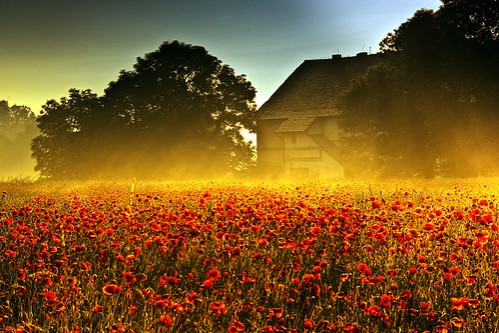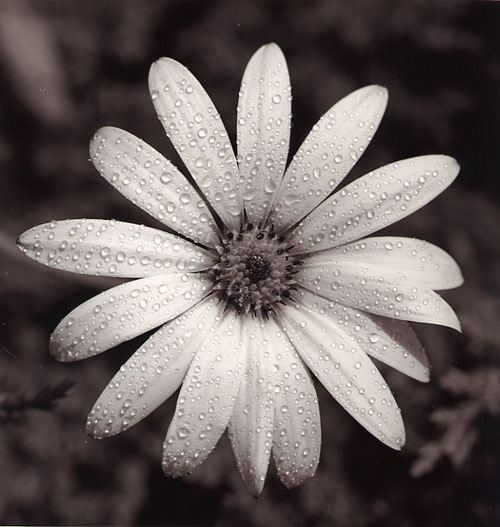There is no unanimous definition of for the creative camera work. This is an acceptable form of fine art with references to snaps that are produced according to the creative vision of the still camera operator. Hence the person with creative vision is, in this case, rated as creative person. This is often misunderstood for camera work in journalism. The later kind is the visual support for narratives, chiefly in the news media. Again commercial camera work is quite different as its the primary focus remains on sale of snaps as merchandises.
Beginning
It has been historically claimed that John Edwin Mayall is the first exponent in this field. He exhibited daguerreotypes which were the illustration of the Lord's Prayer in 1851. But some believe that Oscar Gustave Rejlander, Julia Margaret Cameron and Charles Lutwidge Dodgson of the Victorian era were among the earliest practitioners. Alfred Stieglitz can be considered among pioneers to help this kind of camera work win places in museums. Edward Steichen also contributed remarkably to give this practice its due status in creative world.












Among the later champions in this branch, Ansel Adams exemplified natural landscapes. Among other subjects the frequent ones were nudes and portraits. During the late 1970s a breakthrough was made by Robert Mapplethorpe and Sally Mann. They are considered to be the luminaries over the 1970s and 80s. They, as if, visualized the old genres with different perceptions. Snap shot aesthetics were the vision of other practitioners. This form was much celebrated by Museum of Modern Art and Aperture Foundation among American organizations.
0 Response to "Art Photography"
Post a Comment